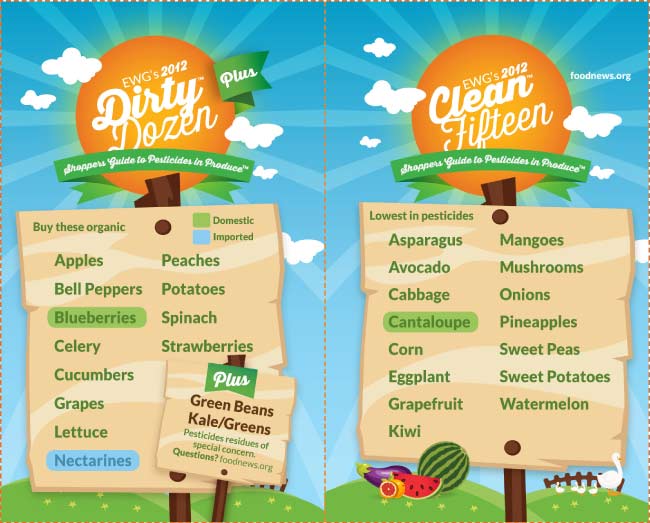
Some children love eating vegetables but a lot do not. There are lots of ways to get your older child to eat them, but what about your baby/toddler?
Vegetables are a key part to all of our diets, but particularly for our growing children. It is important to have them eat vegetables everyday (see how much
here and
here).
When your child is younger (baby, young toddler) and you aren't trying to make them eat their vegetables yet, or if you are trying to do that but can't win every battle (older toddler), here are some ideas on how to hide the veggies so they still get the nutrition they need!
1.
Applesauce. Applesauce is a great carrier for pretty much any puree. Try doing a 2/3 vegetable to 1/3 applesauce ratio (a 50:50 ratio can work too).
2.
Cheese & Cauliflower are friends. You can mask the taste of cauliflower with cheese. So add cauliflower puree in your mac & cheese, quesadilla, etc.
3.
Pasta Sauce. My daughter LOVES pasta sauce and doesn't notice if there is anything added to it as it has a stronger flavor. If we're having lasagna or spaghetti, I add pureed or minced veggies right into the sauce (certainly doesn't hurt for all of us to have some extra veggies!). I also have my daughter eat rice mixed with some pasta sauce so I add vegetables in with that too.
4.
Baked goods. Muffins, pancakes, breads. We've all seen recipes out there for zucchini, broccoli, or carrots added into baked goods. I will have a few of these recipes to share with you in the future.
5.
Dips. A 2 year old enjoys dips (warning: they can make quite the mess :o)). So you can give them a dip with veggies/puree mixed in for crackers to be dipped in. Or, they may even eat some veggies if they can dip them in cream cheese or peanut butter. Experiment and see what your child will do.
6.
Flavor. Just like with adults, children like flavor. Cook your veggies with a little butter, or a little salt, add a spice, or combine them with other yummy foods, roast them in the oven.
7.
Smoothies. Spinach or kale can be mixed into a fruit smoothie without adding any flavor. Take a bit of yogurt or milk, seasonal fruit, and them mix in some vegetables: broccoli, peas, avocado, carrots, and cauliflower all work.
8.
Start them early. Get them used to the taste of a variety of vegetables when you are giving them baby food. There is likely to be some vegetable that they enjoy eating!
 Basil Squash Puree (with summer squash)
Basil Squash Puree (with summer squash)




